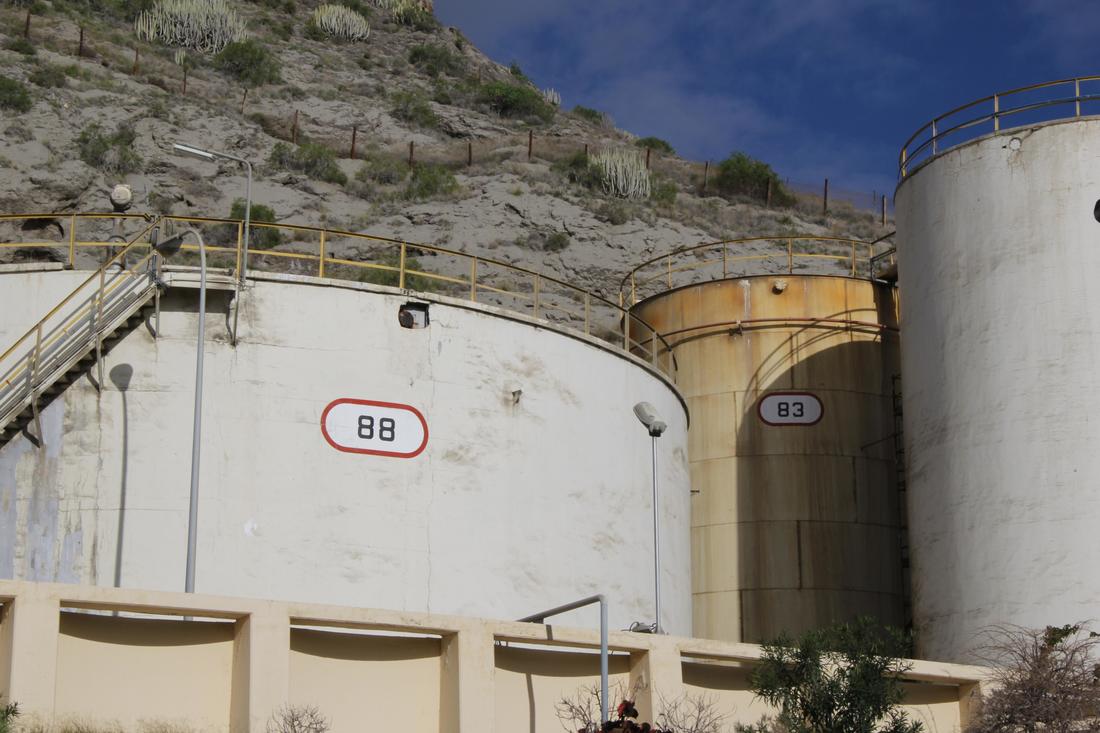- Short chain organic acids are very readily degradable. Coupled with the low redox potential of the septic water, this creates a very high oxygen demand at the biological system inlet. Low D.O. conditions favor organisms with higher surface areas - which are the low DO filaments.
- Sulfides with the organic acids can also promote the growth of filaments with sulfur metabolism - this includes Thiothrix sp., Type O21N and Beggiatoa.
- Odors - short chain volatile fatty acids, mercaptans, and sulfides formed in the EQ tank can "flash off" from the well mixed & aerated biological treatment unit causing odor complaints.
- Increase redox potential to prevent fermentative respiration & sulfate respiration
- To increase redox potentials, you can add aeration/mixing. We are not looking for a DO residual just increase redox potential to a point where fermentation does not occur.
- If aeration is not possible, you can add nitrate. Add just enough nitrate to prevent strongly negative redox conditions. Other alternative electron acceptors are available, but nitrate is a low cost, stable option.


 RSS Feed
RSS Feed